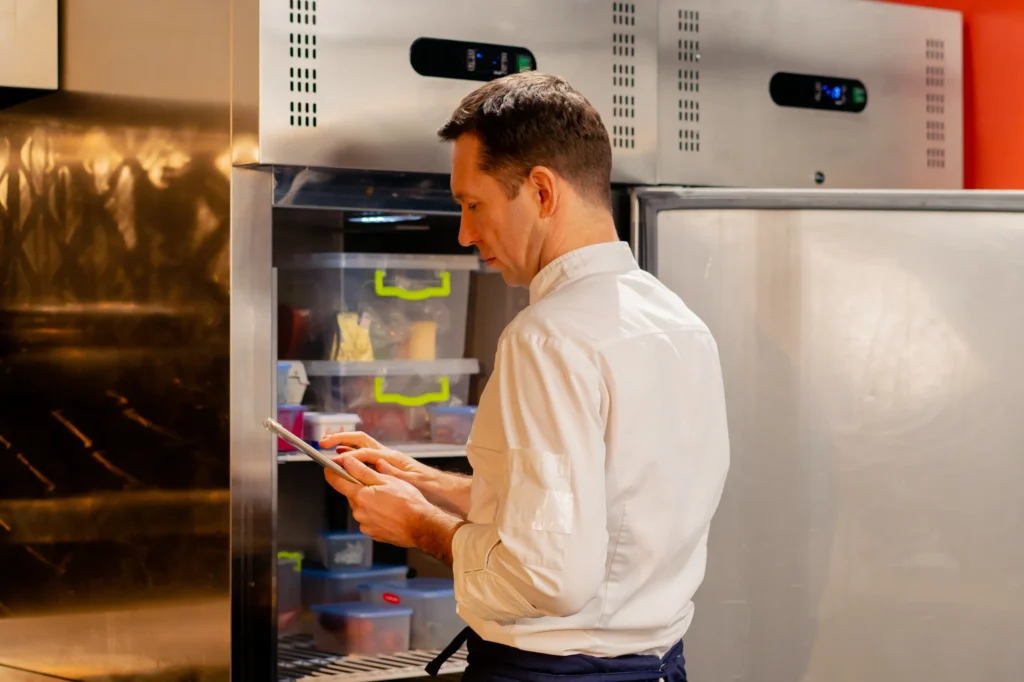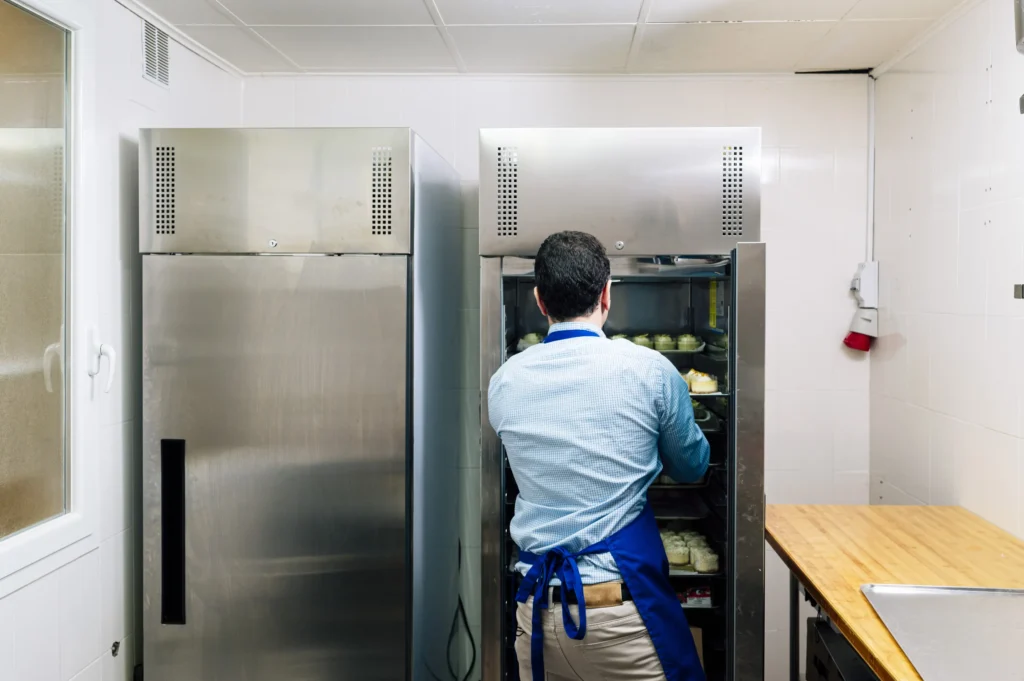Commercial Refrigeration Suppliers: Top Factors Every Buyer Should Compare
Discover key factors to compare when selecting commercial refrigeration suppliers. Find reliable, energy-efficient solutions—contact us for a free quote today!

Here are five practical methods to cut down electricity use in your commercial fridge freezer. Icoldbox can help boost your energy savings with remote temperature monitoring.
Did you know 64% of Americans eat out at least once a week?
Feeding so many people means foodservice businesses need lots of resources, especially for inventory, staff, and utilities. Unfortunately, these costs, particularly utilities, have been rising steadily, making operations more expensive.
Electricity prices in the US have gone up about 1.8% each year for the past 25 years. Some states, like Hawaii, have faced even bigger hikes—almost 3.9% annually.
Because power costs keep climbing, business owners want to find ways to save energy. Commercial refrigeration, including walk-in fridges and freezers, is a key area to focus on. It accounts for as much as 44% of a foodservice’s energy bills, more than any other expense.
Cutting energy use in commercial fridge freezer is essential for controlling overall costs.
Want to learn how to lower energy expenses in your food business? Keep reading to find out.
Foodservice buildings rank among the most energy-hungry commercial properties in the US. On average, they consume about 38 kilowatt-hours (kWh) of electricity per square foot each year. This is roughly five to seven times higher than other commercial buildings. In busy quick-service restaurants, energy use can be ten times greater due to added demands like heating and HVAC systems.
Commercial refrigeration systems use so much power mainly because they run nonstop. To keep food fresh and safe, cold storage like walk-in coolers and freezers must stay below 40°F and 32°F, respectively. Energy efficiency also drops when glass doors on lowboys, reach-in fridges, or display cases aren’t sealed well.
Several factors push this energy use even higher:


On average, foodservice businesses spend $2.95 per square foot each month on electricity, with $1.30 of that going to refrigeration. This uses up about 3-5% of total revenue. Fortunately, small changes can lead to big savings. For example, switching to LED lighting alone can boost energy efficiency. Saving just 20% on electricity can increase profits by 1%. These benefits are achievable with a few simple actions.
| Tip | Description |
|---|---|
| Preventative Maintenance | Check and clean key parts monthly, such as compressors, condensers, coils, and filters. |
| Gasket Replacement | Inspect door seals weekly and replace if worn to prevent air leaks. |
| Upgrade Equipment | Replace old units with Energy Star models to save 10-50% energy and possibly get rebates. |
| Evaporator Fan Controllers | Install controllers to reduce fan airflow during slow periods and save electricity. |
| Remote Temperature Monitoring | Use sensors to monitor fridge temperature and detect issues before wasting energy. |
Without precise temperature data, restaurants risk overcooling or undercooling their food. When refrigeration units get old or unreliable, operators often lower temperatures more than needed to avoid food entering the danger zone.
Although this helps prevent spoilage, it also leads to higher energy bills.
Even if you set your commercial fridge freezer to the right temperature, it won’t always stay steady. Many common issues can disrupt the balance inside cold storage—equipment problems, power outages, or staff frequently opening doors and letting warm air inside.
This is where GlacierGrid’s remote temperature monitors come in handy. They help operators spot if they’re overcooling and reveal chances to save energy. GlacierGrid also shows when equipment needs tuning or if a faulty part requires quick repair.
GlacierGrid’s wireless sensors work around the clock, monitoring temperature and humidity inside walk-ins, freezers, and other refrigeration units. These insights give restaurant owners a clearer picture of their equipment performance and energy use, helping cut electricity costs.


Discover simple steps to reduce your commercial fridge freezer’s energy use and save money. Take control of your utility bills now!